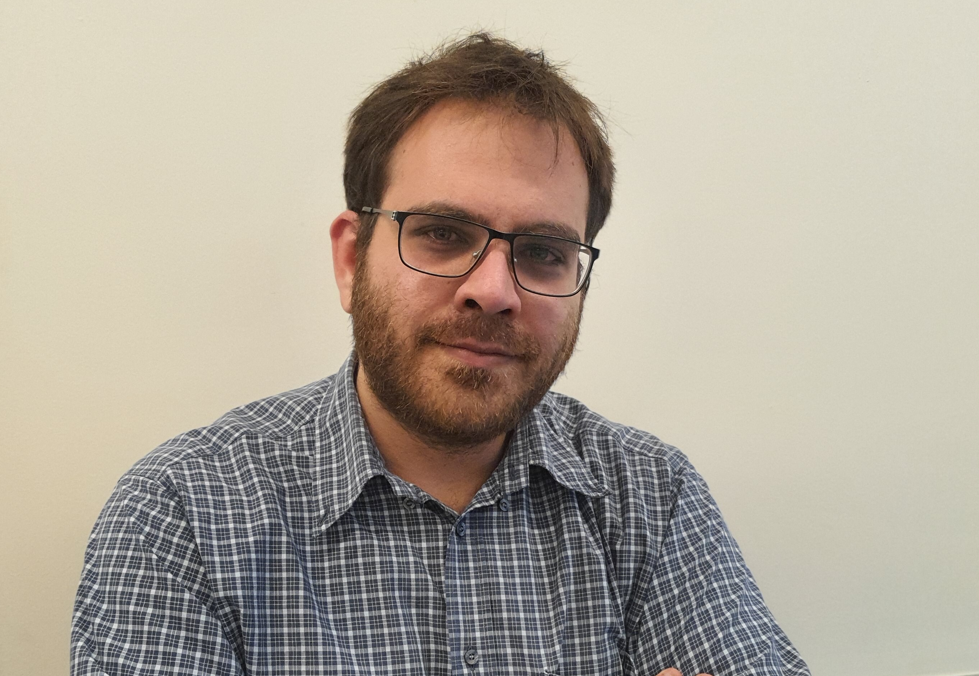Holy Grail 2.0: From Natural Language to Constraint Models
Date:
Twenty-seven years ago, E. Freuder highlighted that “Constraint programming represents one of the closest approaches computer science has yet made to the Holy Grail of programming: the user states the problem, the computer solves it”. Nowadays, CP users have great modeling tools available (like Minizinc and CPMpy), allowing them to formulate the problem and then let a solver do the rest of the job, getting closer to the stated goal. However, this still requires the CP user to know the formalism and respect it. Another significant challenge lies in the expertise required to effectively model combinatorial problems. All this limits the wider adoption of CP. In this position paper, we investigate a possible approach to leverage pre-trained Large Language Models to extract models from textual problem descriptions. More specifically, we take inspiration from the Natural Language Processing for Optimization (NL4OPT) challenge and present early results with a decomposition-based prompting approach to GPT Models.
